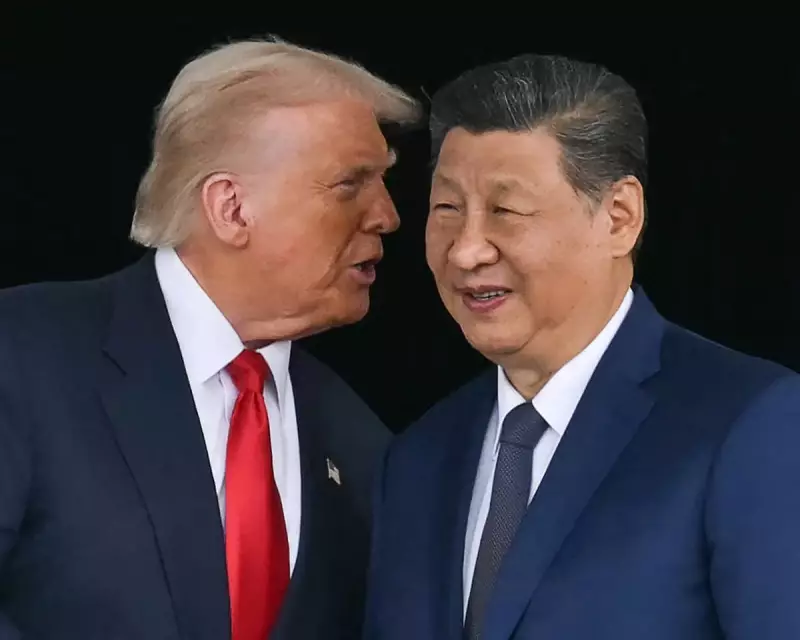
In a dramatic shift in international trade policy, former President Donald Trump has brokered a contentious agreement with China that could reshape global supply chains for critical minerals. The deal, confirmed on Wednesday, significantly reduces US tariffs on Chinese rare earth elements - the vital components powering everything from smartphones to military technology.
What's in the landmark agreement?
The breakthrough comes after months of behind-the-scenes negotiations between Trump's team and Chinese officials. Under the new terms:
- Tariffs on rare earth imports from China will be slashed by approximately 50%
- Both nations commit to streamlined customs procedures for mineral shipments
- A new framework for ongoing mineral trade discussions is established
Why rare earth minerals matter
Rare earth elements aren't just another commodity - they're the lifeblood of modern technology. These seventeen metals are essential for manufacturing:
- Electric vehicle batteries and motors
- Wind turbine generators
- Smartphone screens and components
- Advanced military equipment including fighter jets and guidance systems
China currently dominates global production, controlling nearly 90% of the world's refining capacity. This agreement marks a significant departure from previous US efforts to reduce dependency on Chinese supplies.
Mixed reactions from experts and politicians
The deal has ignited fierce debate among trade specialists and political figures. Supporters argue that securing stable access to these critical materials is essential for American manufacturing and national security. "This isn't just about trade - it's about ensuring our industries can continue to innovate and compete," one analyst noted.
However, critics voice serious concerns about increasing US reliance on China for strategically vital resources. Environmental groups have also raised questions about the mining practices associated with rare earth extraction.
The timing of this agreement, coming amid ongoing geopolitical tensions, ensures it will remain a focal point in discussions about America's economic future and its relationship with the world's second-largest economy.





